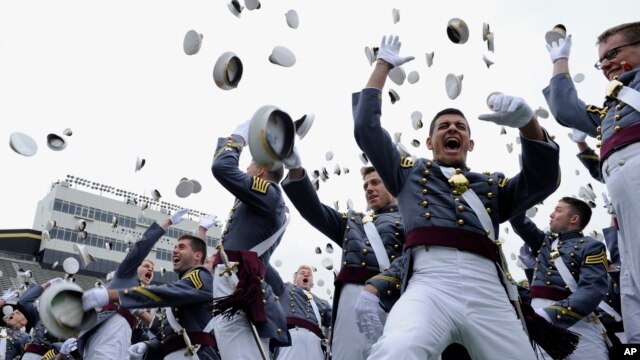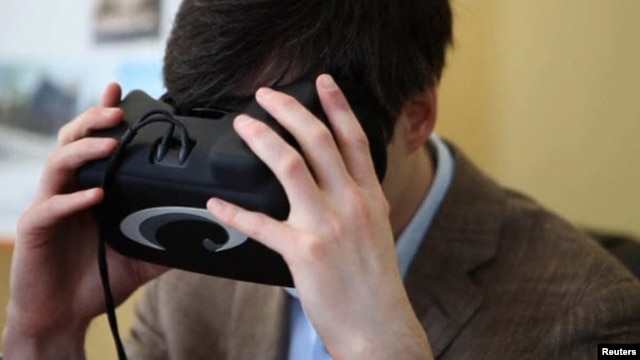namvet
Gold Member
coming in Dec
In August 2011, former players brought a lawsuit forth against the NFL which included former Atlanta Falcons free safety Ray Easterling and Hall of Fame linebacker Junior Seau. The lawsuit, which began with 200 former NFL players expanded to over 5,000 by 2015, declared that players suffered head trauma which was directly caused by playing in the NFL. On April 22, 2015, Judge Anita Brody approved a settlement for the NFL to pay at least $900 million over 65-years, plus lawyer fees and interest of $112 million.
In August 2011, former players brought a lawsuit forth against the NFL which included former Atlanta Falcons free safety Ray Easterling and Hall of Fame linebacker Junior Seau. The lawsuit, which began with 200 former NFL players expanded to over 5,000 by 2015, declared that players suffered head trauma which was directly caused by playing in the NFL. On April 22, 2015, Judge Anita Brody approved a settlement for the NFL to pay at least $900 million over 65-years, plus lawyer fees and interest of $112 million.



